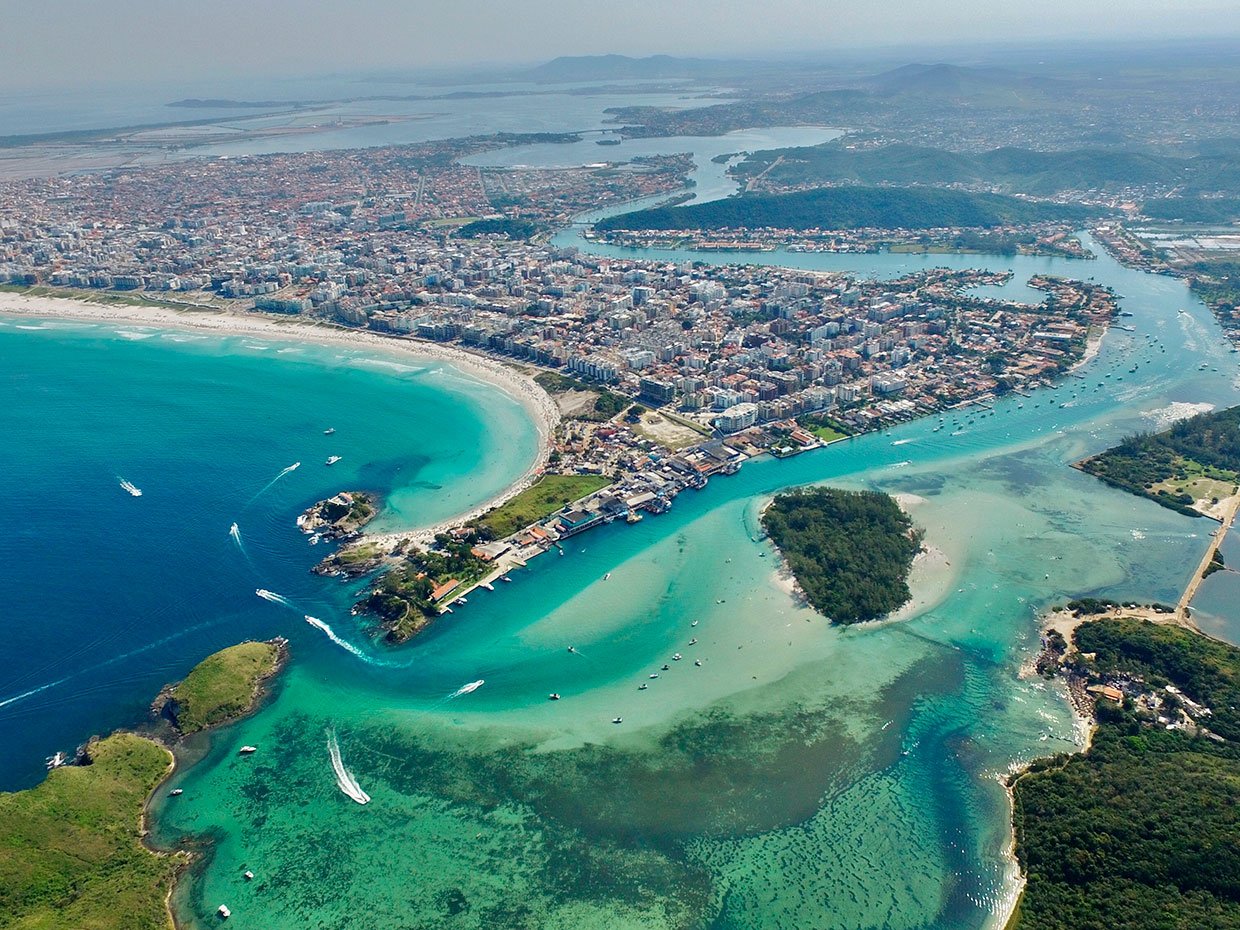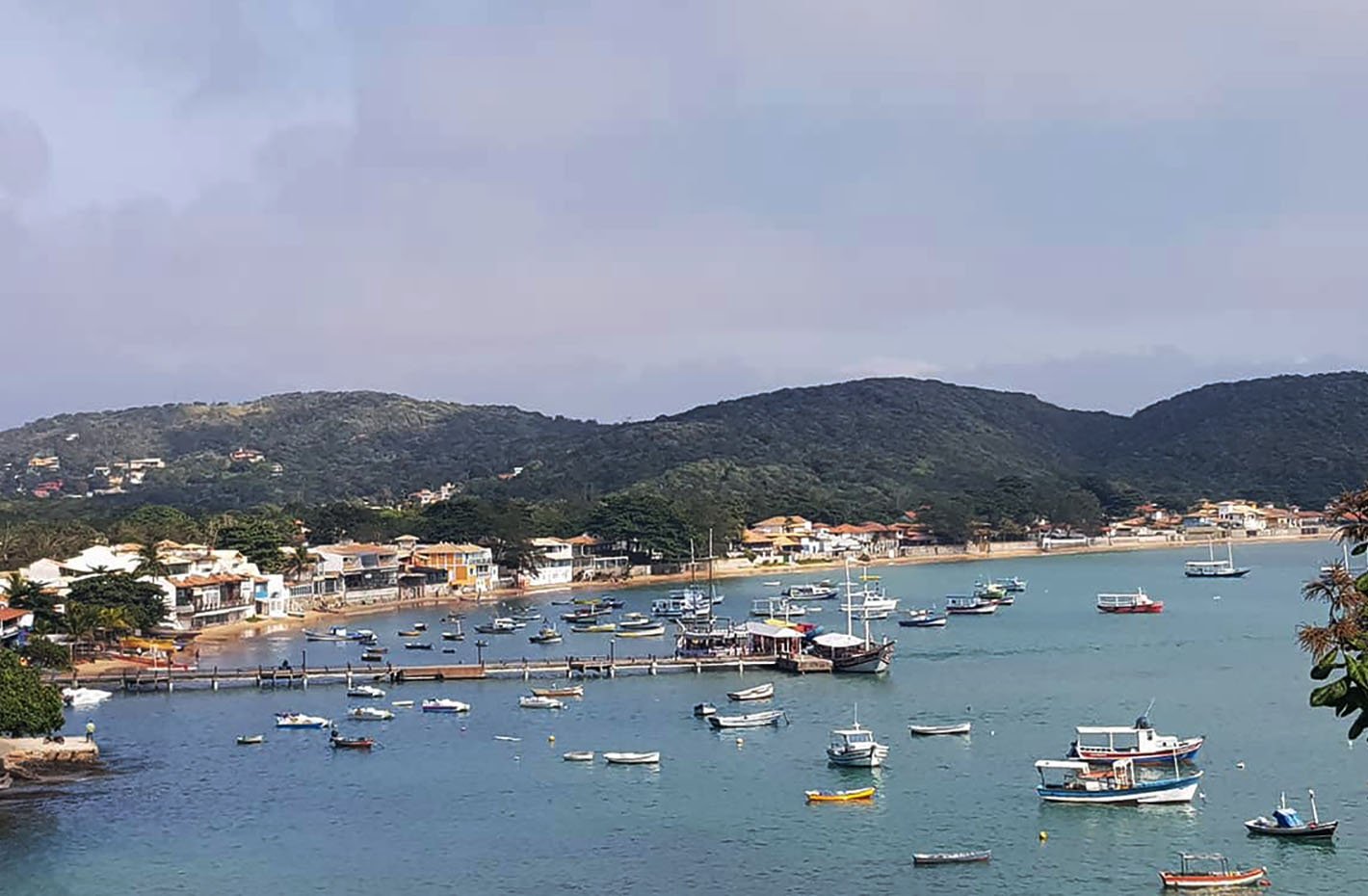Cabo Frio is a tourist city located on the Atlantic coast of the state of Rio de Janeiro in Brazil. It deserves to be visited not only for its beautiful beaches with crystal-clear waters and white sands but also for its rich history and culture. Here are some of our suggestions:
Beaches
Cabo Frio is renowned for its fine white sand beaches that, lacking mica, remain cool underfoot, allowing visitors to stroll without burning their feet. The turquoise-colored waters provide a dreamlike backdrop to this true paradise.
Praia do Forte
This beach is the most popular in the city and is ideal for sunbathing and enjoying water activities. It owes its name to Fort São Mateus.
Along the beach, numerous bars and restaurants offer local cuisine and refreshing drinks. There’s also a wide variety of water activities for visitors, such as boat trips, jet skiing, parasailing, and diving.
Additionally, Praia do Forte boasts a comprehensive tourist infrastructure, including hotels, hostels, lodges, and rental houses conveniently located near the beach.”
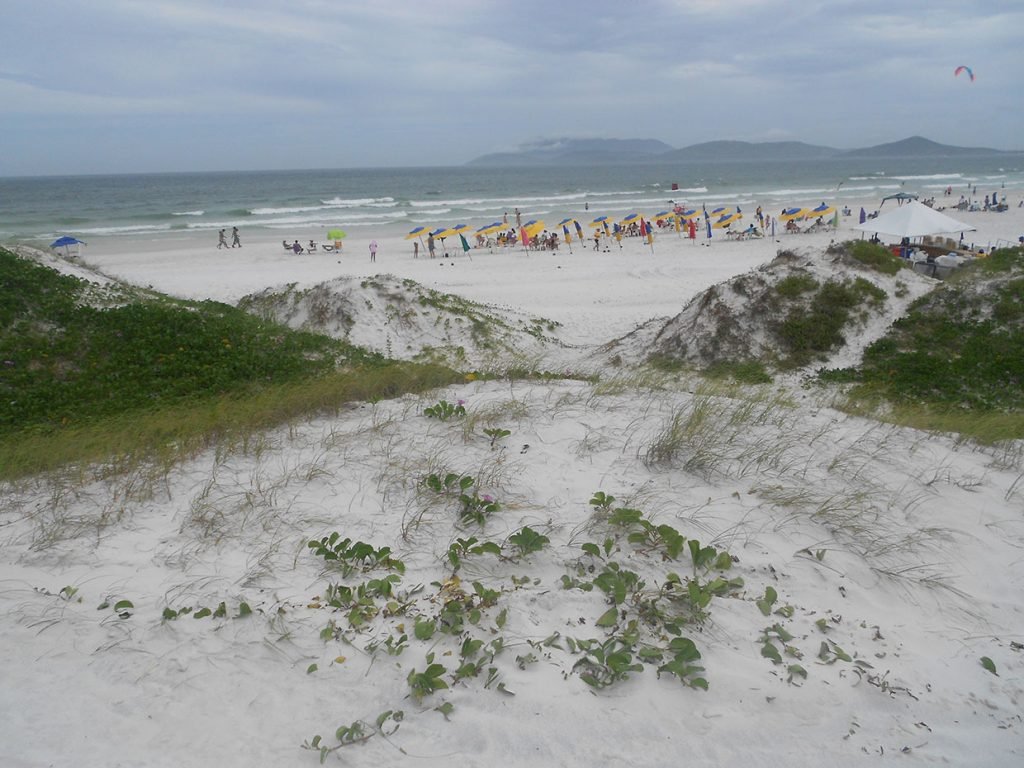
Praia do Peró
Known for its crystal-clear water, fine white sand, and being one of the most extensive beaches in the region.
Praia do Peró is ideal for those who enjoy the sea and water activities, as it offers excellent conditions for surfing, windsurfing, and kitesurfing. There’s also a wide variety of bars and restaurants on the beach, making it a perfect spot to spend a full day.
Additionally, at Praia do Peró, visitors can enjoy a beautiful view of Serra das Emerências and Morro do Vigia. The beach is surrounded by a stunning natural landscape that includes sand dunes and a large green area protected by law.”
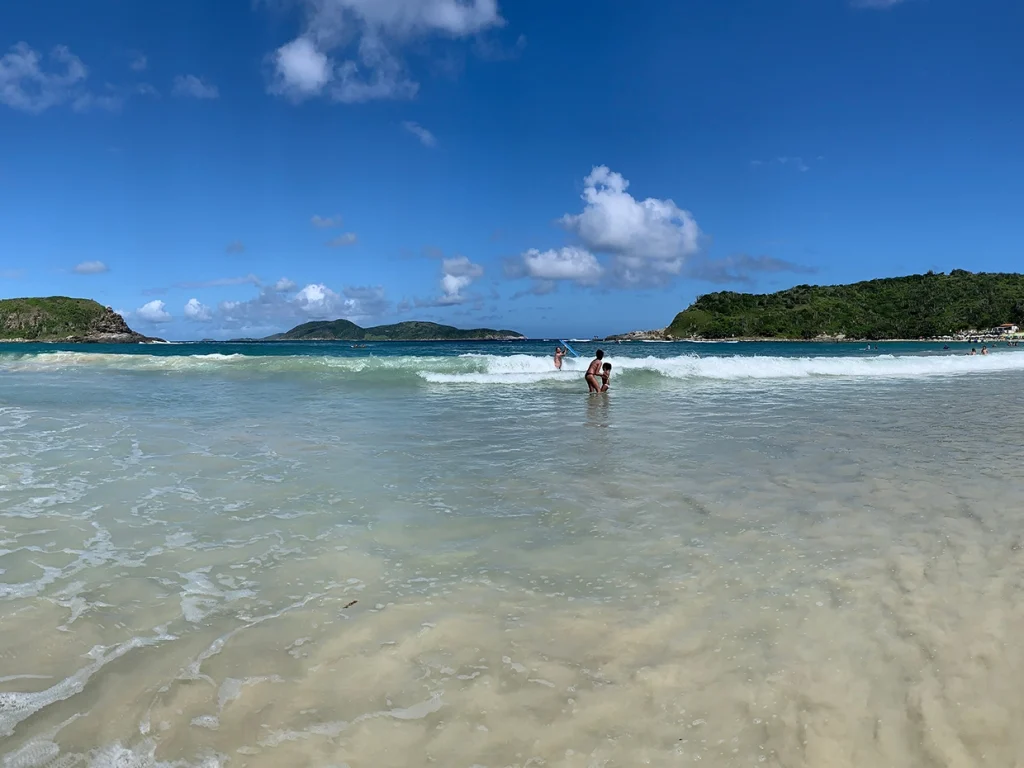
Praia das Conchas
It is a small beach with calm waters as it is located in a bay. The sand is fine and white, unlike the adjacent Praia Peró.
It is usually crowded, and to appreciate it, it is advisable to arrive before 10:30 in the morning.
Climbing a nearby hill provides beautiful views of this beach; climbing without difficulty on a rocky formation that delimits Das Conchas, you can observe on the other side a deep, very blue, and tumultuous sea (not suitable for swimmers); the contrast offered by these dissimilar views is of great beauty.
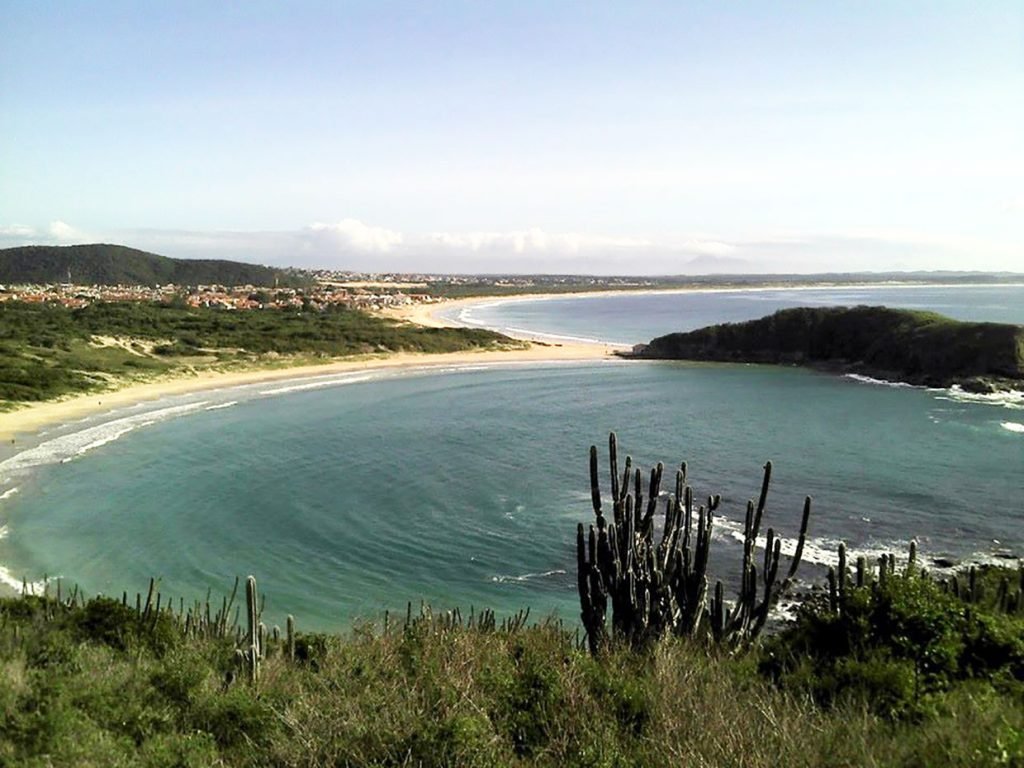
Forte São Mateus
This historical fort from the 17th century offers panoramic views of the city and is a great place to explore local history.
Forte de São Mateus is a National Historic Monument. It was built to protect the coast from attacks by the French, Dutch, and English who invaded the region in the mid-17th century.
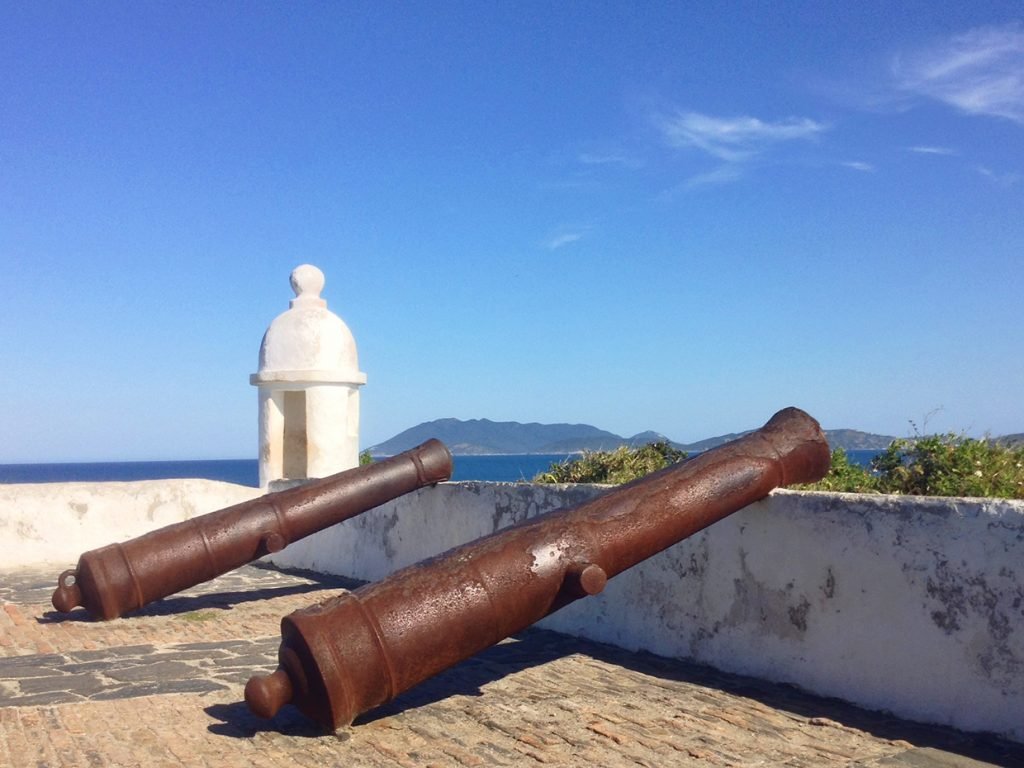
La Ilha do Japonês
It is a small island within the Araruama Lagoon, and you can reach it by taxi boats from the coast, and some people cross by walking (depending on the tide, how comfortable the experience is). It turned out to be a paradise of trees, sand, and clear waters. But it’s worth noting that those who have gone in recent times found the water to be dirty and brown.
Canal do Itajuru
It is a canal that stretches from the Araruama Lagoon to the port of Cabo Frio, connecting the Atlantic Ocean with the lagoon.
The canal is quite wide and deep (approximately 8 kilometers long) and is mainly used for navigation and the transportation of fishing and recreational boats. It is also a popular spot for boat rides and tourism, offering stunning views of the city of Cabo Frio and its surroundings.
There are several bridges over the canal, including the Feliciano Sodré Bridge, which is an important historical landmark in the region. The canal also features various restaurants and shops offering local products, such as fresh fish and crafts.
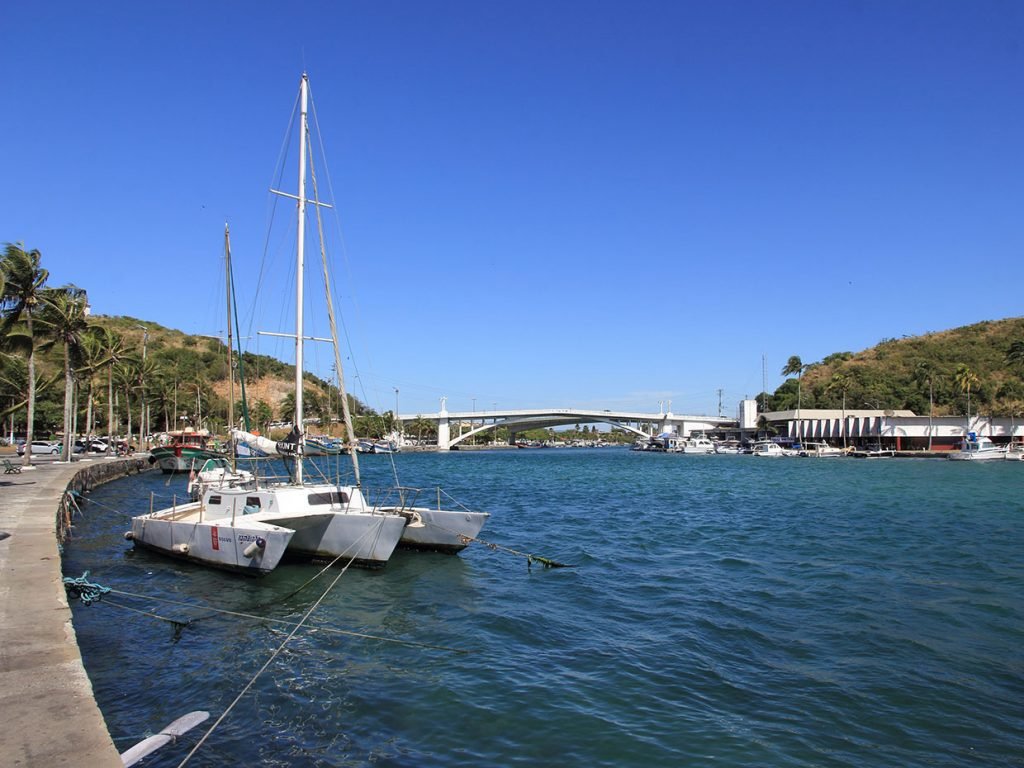
Scuba Diving and Snorkeling
The convergence of currents from Cabo Frio, Búzios, and Arraial do Cabo makes scuba diving in Cabo Frio ideal, providing exceptional conditions for the activity at all levels, along with other water sports.
In this area, the marine fauna is rich, facilitated by the convergence between the warm Brazil Current and the cold Falklands Current. The underwater fauna is diverse and attractive, with sightings of moray eels, sea turtles, pufferfish, seahorses, trumpetfish, and more.
Cabo Frio enjoys excellent weather throughout the year, adding to its wonderful landscapes and history. The cape is divided into two parts by a narrow channel, creating calm seas for sailors who anchor their boats at public and private docks along the estuary. A narrow rock passage known as Boca da Barra allows access to the open sea.
Excursions for diving depart from a dock near the bridges that connect the city. The dock is equipped with a charging station with air reserve, nitrox station, and provides divers with tanks, suits, and necessary equipment.
The excursions typically start in the morning, on a boat with specialized crew, beginning with a tour of the estuary and beaches before heading to the diving spots.
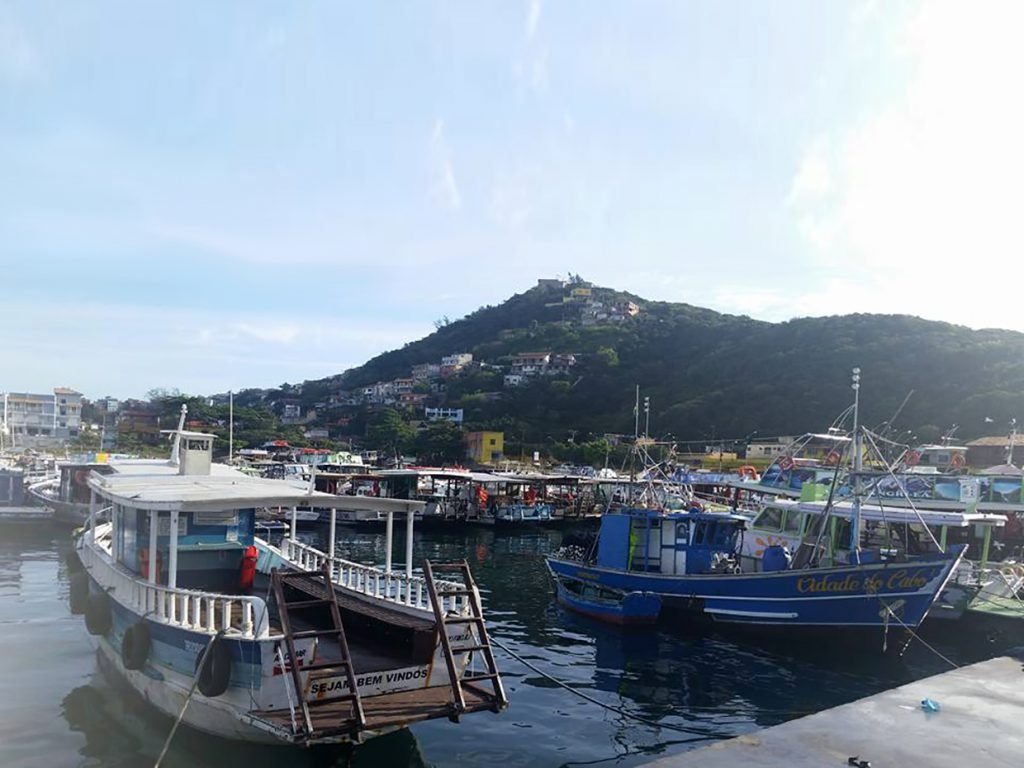
WHY NOT VISIT…?

FAQs

¿How to get to Cabo Frío?
BY PLANE: There is an airport in Cabo Frio that connects with other airports, such as São Paulo or Rio de Janeiro.

Definitely, Cabo Frio seems to have a diverse and exciting tourist offer! With its beautiful beaches, historical sites, and outdoor activity options, it’s undoubtedly an attractive destination. If you have more questions about Cabo Frio, Búzios, or any other place, feel free to ask!


